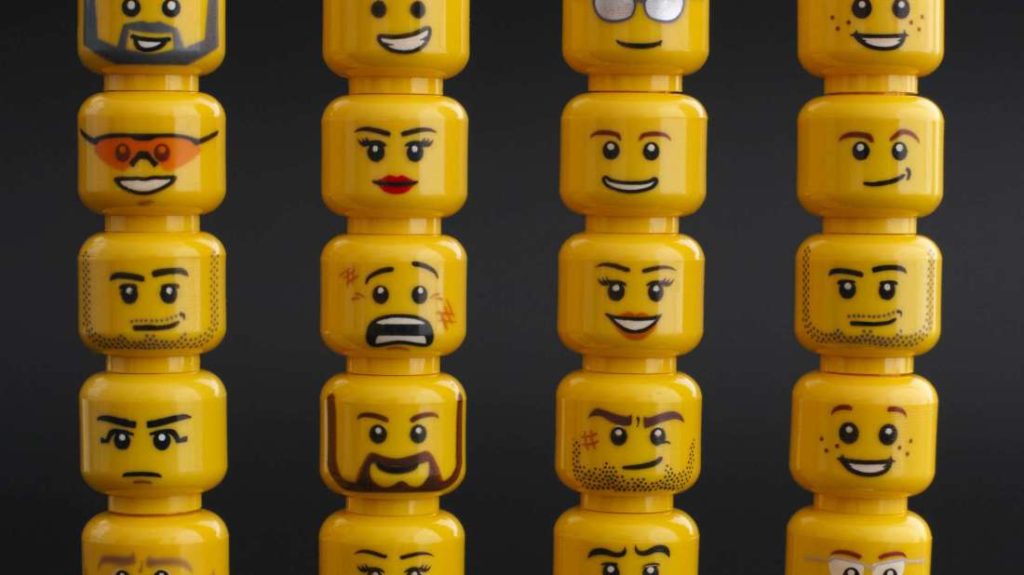Lego is probably one of the world’s favorite toys.
Originated in Denmark in 1934, these pieces of square-shaped building block toys gained popularity among adults and children. You can actually build castles, robots, cars, and even animal figures just by interlocking the plastic bricks.
While many of us are fascinated by how Lego works, some parents fear that their kids might accidentally swallow the tiny blocks. St. Louis Children’s Hospital reported that children aged six months to four years have the highest possibility to swallow non-food items.

The common issue among parents propelled a group of six researchers to conduct a study to see how long it would take when someone accidentally ingested a Lego item. And yes, the scientific method used in the study may sound disgusting and risky.
To do this, scientists intentionally swallowed the Lego heads. They also developed their own metrics called Stool Hardness and Transit (Shat) and the Found and Retrieved Time (Fart) score.
The Shat score assessed the consistency or changes in the stool while the Fart score recorded the number of days. Based on the Fart score, it only took an average of 1.7 days before the Lego can pass through the bowels; while the Shat score showed no changes in the consistency of their stool.
Surprisingly, one out of five doctors failed to find the toy in his stool.
They also compared the results in the Shat and Fart scores to see if looser stools caused quicker retrieval but they found no correlation.

While none of the researchers did not feel any complications during or after the experiment, Grace Leo, one of the report’s authors reminded parents that they should not replicate this at home.
/TV
_____
INQPOP! Stories we think you might also like:
LOOK: Injured turtle keeps rollin’ with LEGO wheelchair
You have Stephen Hillenburg to thank for all these priceless, on-point SpongeBob SquarePants memes
Here’s why Friendster is friendlier than other social media networks



